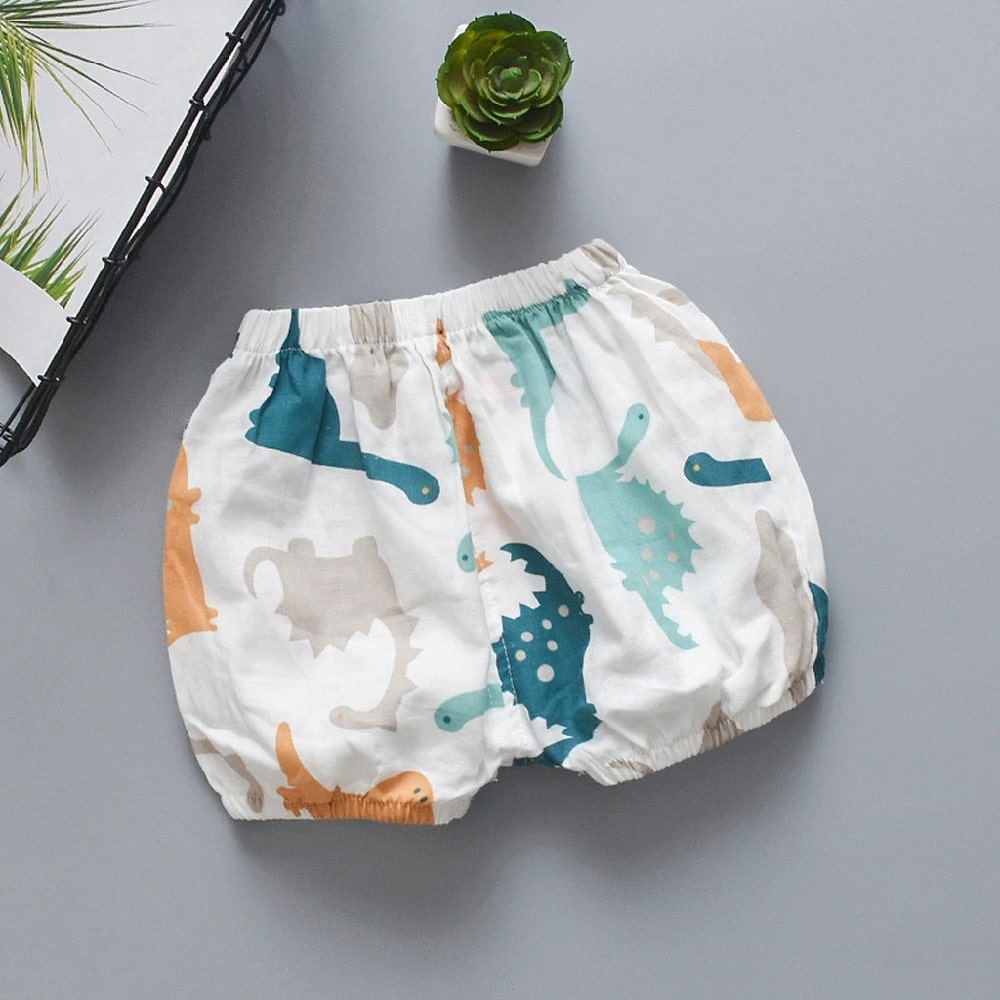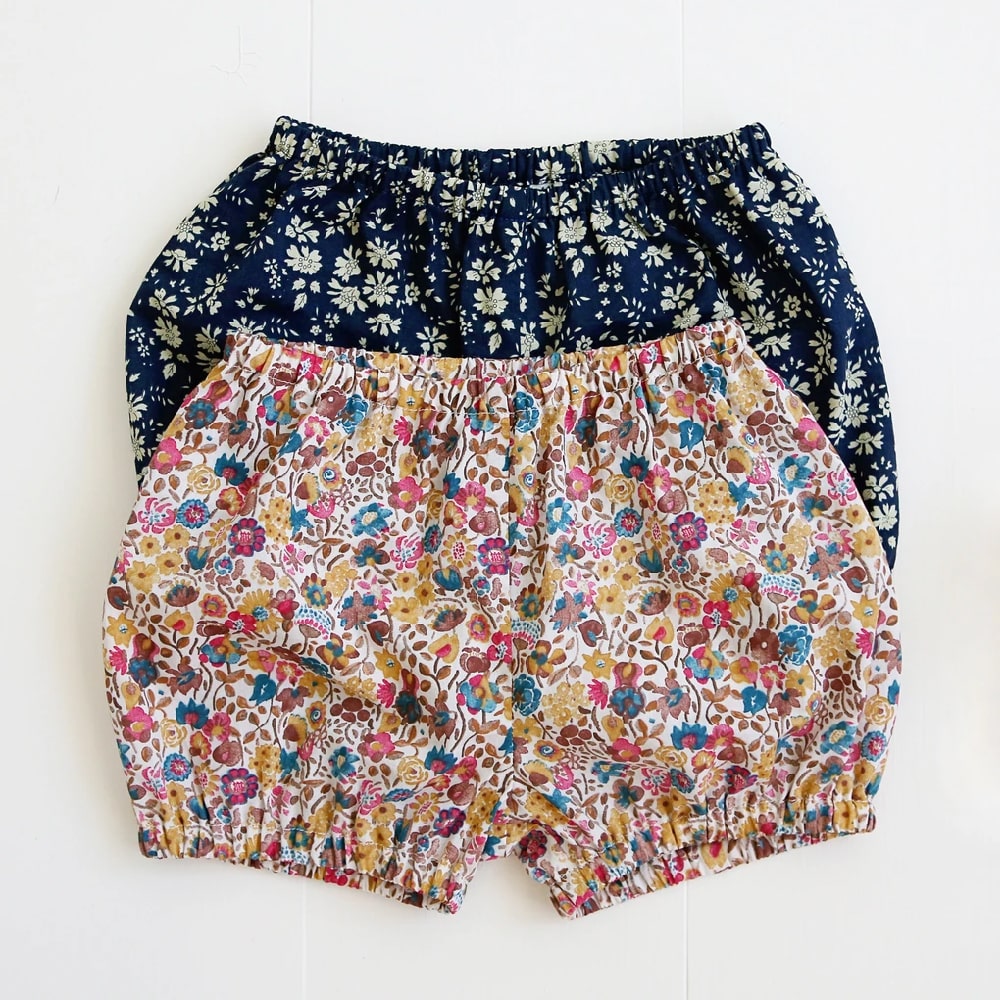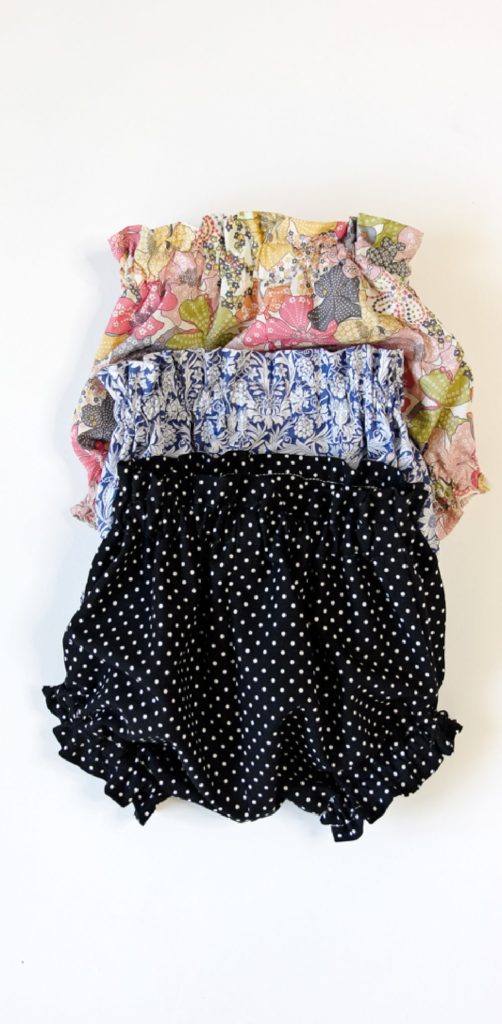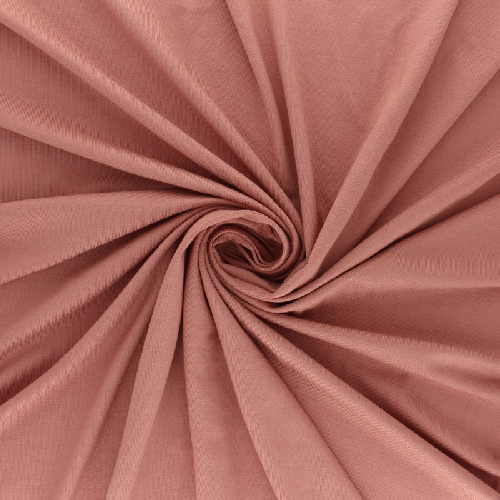Baby Wear
Baby Bloomer
Baby Bloomer
Bloomers, aka diaper covers, can come in handy regardless of whether you have a boy or a girl. While many parents are familiar with a cute, ruffley underpants-like cover peeking out from under a dress, bloomers can also be paired with a bodysuit or kimono top, worn over leggings on chilly days or simply on its own in hot weather. If you have a girl, remember that bloomers don’t need to perfectly match a dress; mix and match solid colors for a cool look.
The baby and children clothes we find in retail stores or online are usually made of cotton, polyester (and other synthetic fibers), or a combination of the two. Here’s why it is a problem:
- Conventional, non-organic cotton is often considered the “world’s dirtiest crop” as it uses about 16% of the world’s insecticides and 7% of pesticides.
- Polyester and other synthetic fibers, on the other hand, are derived from petroleum and treated with thousands of potentially harmful chemicals during production.
The best and safest alternative for your baby today is to choose clothes made of organic cotton that is certified to organic standards across the entire manufacturing process. Organic cotton is grown naturally and sustainably, without herbicides, pesticides or any other harmful chemicals. Choosing organic means limiting your baby’s exposure to potentially harmful chemicals found in non-organic clothing.




Common Material
How to Choose Your Baby Clothes
Girl colors, boy colors and adorable prints may be what draws you to a rack of baby clothes. To make your final selection, though, you need to consider safety, comfort, and practicality — easy to put on and washable. Oh, and you probably want to consider the price, too. It’s OK to shop in secondhand stores or high-quality consignment shops for babies for most things. Just be sure to wash everything first.
Safety first: no buttons, bows, or ties. Stay away from clothes with small buttons, decorative rhinestones or bows, because they can be choking risks. Clothes with long ties or that pull tightly around your baby’s arms, legs, or neck are also unsafe. Make sure decorations are sewed on tight.
Pick fire-safe sleepwear. Labels on your baby’s sleepwear will indicate whether it needs to be worn snugly to be fire-retardant or if the fabric itself is flame-retardant. Flame-resistant fabrics have specific laundry instructions for you to follow to keep the retardant from washing away. In fact, this is one place where secondhand items may not be a good choice — if they’ve been washed incorrectly they’ve lost their effectiveness.
Shop by your baby’s weight, not age. Age doesn’t mean much when it comes to baby clothes; different brands size clothing differently. Weight is a better measure and it is listed along with age on many baby clothes.
Think about how easy clothes will be to put on and take off. Dressing a wiggling newborn can be a bit of a struggle. Follow these tips when you choose clothes to keep dressing easier.
- Wide necks or snaps at the neck make dressing easier. (If you pick clothes that pull over the head, do it quickly because babies panic when their breathing is blocked or when they can’t see you.)
- Snaps and zippers in the front are easier to put on and take off than those on the back.
- Loose sleeves pull on and off easier than tight ones.
- Snaps or other easy openings at the crotch make it quicker and easier to change diapers – you don’t have to take off all your baby’s clothes.
Choose washable. Buy clothes that say “machine washable” on the label to avoid the time and energy of hand-washing or ironing. Clothes made from 100% cotton are ideal, since they’re comfortable, durable, and they wash well.
Think ahead-wisely. Some babies never fit into the “newborn” size. Others may even grow out of 3-month-old size clothes after only one month. So, buy items in the 6-month or 1-year size to have on hand. Some clothes can be worn a little big, until your baby grows into them. It’s not a great idea, though, to buy seasonal clothes, like swimsuits or winter coats, well in advance. It’s impossible to predict your baby’s size.
